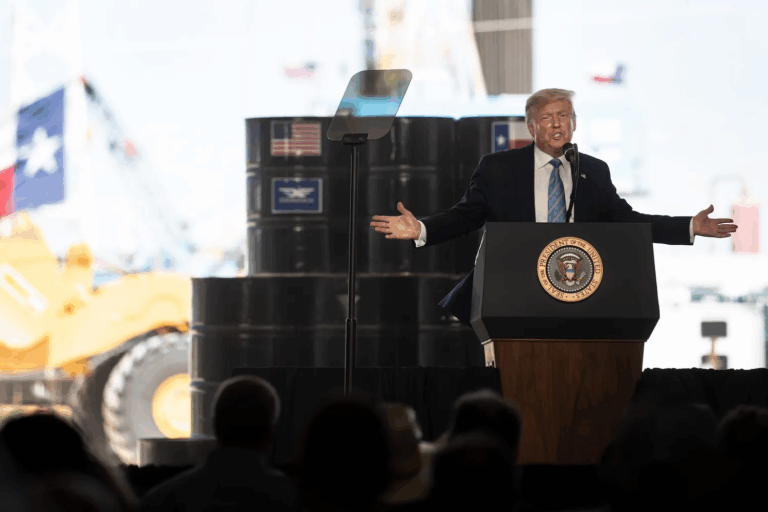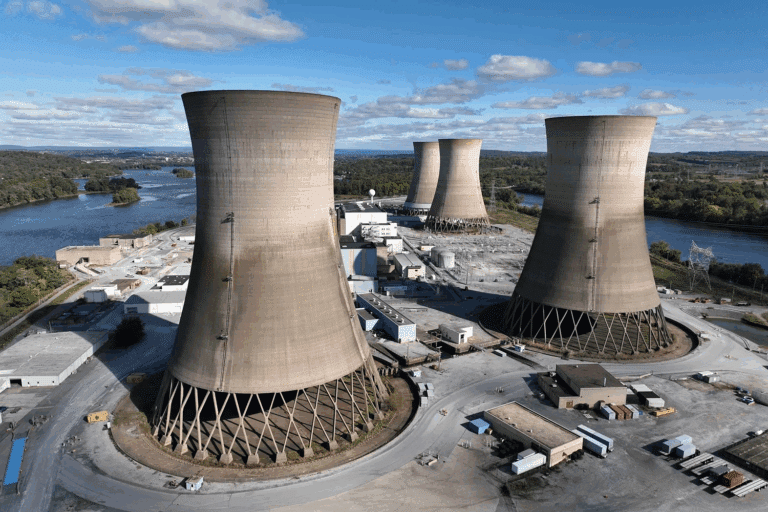This report represents the research and views of the author. It does not necessarily represent the views of the Center on Global Energy Policy. The piece may be subject to further revision. Contributions to SIPA for the benefit of CGEP are general use gifts, which gives the Center discretion in how it allocates these funds. Rare cases of sponsored projects are clearly indicated. For a full list of financial supporters of the Center on Global Energy Policy at Columbia University SIPA, please visit our website at Our Partners. See below a list of members that are currently in CGEP’s Visionary Annual Circle.
-
CGEP’s Visionary Annual Circle
-
(This list is updated periodically)
Corporate Partnerships
Occidental Petroleum
Corporation Tellurian Inc
Foundations and Individual Donors
Anonymous
Anonymous
the bedari collective
Jay Bernstein
Breakthrough Energy LLC
Children’s Investment Fund Foundation (CIFF)
Arjun Murti
Ray Rothrock
Kimberly and Scott Sheffield
Executive Summary
Nuclear energy can play a vital role in helping the US—and the globe—meet mid-century climate goals. But any such role for nuclear depends on overcoming the significant if underappreciated challenges posed by the current nuclear licensing process in the US. Put simply, getting a new nuclear project licensed is time-consuming and expensive. This report, part of ongoing research on nuclear energy at the Center on Global Energy Policy, Columbia University SIPA focuses on a singular element of the licensing process that has drawn particular scrutiny for the resources it demands: the so-called mandatory hearing.
Dating to a 1957 amendment to the Atomic Energy Act (AEA) of 1954, the mandatory hearing was put in place during the early period of nuclear reactor regulation as a way of forcing the Atomic Energy Commission (AEC) to be more transparent with the public about projects under consideration for development. It was intended to provide an open forum in which the details of reactor project applications were aired publicly and debated. But today, well over half a century since the 1957 amendment to the AEA, there are several compelling reasons to reconsider the mandatory hearing requirement:
- Nuclear energy is no longer in a “developmental” period—one rationale of the mandatory hearing’s creation. Whereas the United States had zero commercial nuclear power reactors in operation in 1957, it now has operated well over a hundred.
- Many changes to the power reactor licensing regime have occurred since 1957. The AEC was abolished in 1975, and the Nuclear Regulatory Commission (NRC) was created without the promotional duties related to nuclear power that contributed to the establishment of the mandatory hearing requirement. Also, at the time of the mandatory hearing’s creation, the Advisory Committee on Reactor Safeguards (ACRS) had not yet been established in statute, nor were its reports reviewing power reactor applications required by law to be made public—both are the case today.
- While the hearing requirement was created for reasons of public transparency, the public now has access to power reactor licensing information through public outreach and scoping meetings near the sites of proposed reactors and application documents and NRC staff evaluations on the NRC’s website, in addition to laws requiring greater transparency in the US government writ large.
- Reactor licensing is now mature and technically rigorous. For that reason, the review value of NRC commissioners in the mandatory hearing, which occurs after the safety and environmental reviews have concluded, is negligible, especially for subsequent deployments of the same reactor design.
Doubts over the value of the mandatory hearing to the licensing process relative to its time and cost demands have inspired several unsuccessful initiatives to eliminate it over the decades. Recently, the US Congress began efforts to revamp the NRC licensing processes for commercial reactors as part of a broader effort to encourage advanced reactor demonstration. At the time of writing, the fate of this effort remains uncertain. This report makes the following recommendations:
- To improve power reactor licensing efficiency—reducing cost and time demands without compromising safety and environmental evaluations by NRC staff—Congress should eliminate the mandatory hearing in Section 189a of the AEA.
- The Commission could utilize public meetings on license applications to summarize and evaluate the adequacy of staff licensing reviews, which would involve the same activities as the mandatory hearing while providing the NRC flexibility to tailor review resources to what is most important in each case, especially for subsequent deployments of the same reactor design.





